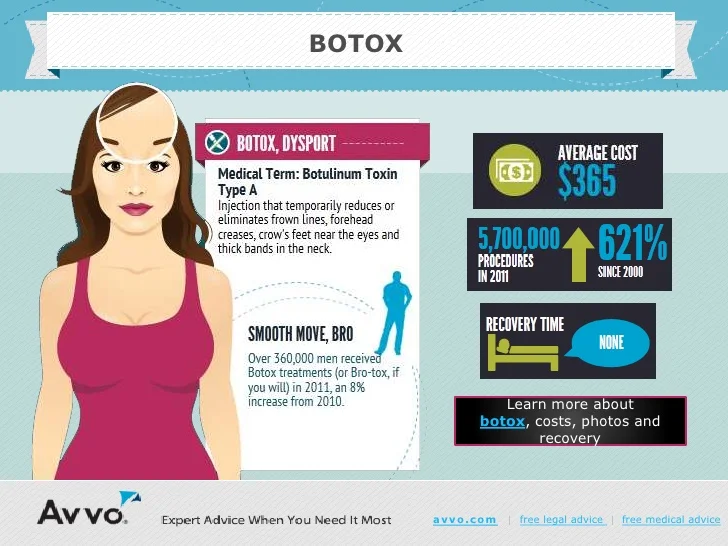At Home Laser Devices For Acne
At Home Laser Devices For Acne
Blog Article
Causes of Acne on Cheeks
Acne breakouts in the cheek location are activated by numerous points, from touching your face often to not changing your pillowcase commonly enough. Picking at imperfections boosts your danger of infection and scarring, and certain medications can worsen dark places (postinflammatory hyperpigmentation).
Luckily, there are lots of means to avoid and deal with cheek acne. These consist of:
1. Hormone Modifications
Acne is mainly brought on by hormonal agents, particularly those created during adolescence and pregnancy. For some, a family history of acne may also contribute to their condition. Anything that clogs pores, such as oil-based skin care items or ceraceous hair items, can activate acne. Different topical treatments, like benzoyl peroxide and salicylic acid, can combat germs and unblock pores. Those with severe or chronic acne needs to look for therapy from their physician.
Prevent touching or squeezing your acne, as this can push some of the bacteria deeper right into the skin, bring about an extra extreme outbreak. It is likewise essential to change pillow cases regularly and make use of tidy make-up brushes. You must also try to stay clear of toxic irritants such as rubbing from using a safety helmet or tight collar.
2. Diet regimen
The oily, sweet foods that lots of people think trigger acne might in fact refrain from doing so. As a matter of fact, studies have revealed that consuming a diet plan rich in entire, nutrient-dense foods aids to avoid breakouts.
Foods high in the glycemic index (such as white bread, corn flakes, puffed rice and potatoes, doughnuts and various other breads) raise blood sugar degrees swiftly, and this can enhance hormones that enhance oil manufacturing and result in acne.
Drinking cow's milk has actually likewise been linked to increased acne outbreaks. If you are a routine cow's milk drinker, you could wish to try changing to low-fat or nondairy options that are fortified with calcium. In addition, consuming alcohol even more water can help to reduce acne due to the fact that it assists to keep the skin hydrated.
3. Excess Oil
While oil is crucial for healthy and balanced skin, it can become a trouble when excessive sebum mixes with dead skin cells and obstructs pores. This combination can create blackheads, whiteheads and acnes. The blocked pore wall surface can break down and spill germs, dead skin cells and sebum into bordering skin. This leads to a red bump known as an acne. In some cases these red bumps have pus in the center from a microbial infection. Larger contaminated bumps that appear like acne are called cysts.
There are many points that can trigger excess sebum and clogged pores, consisting of hormone variations, diet plan and day-to-day routines. Some examples consist of touching the face frequently, relaxing your hand on your cheek, utilizing dirty make-up brushes and not changing pillow cases routinely.
4. Stress and anxiety
If you're taking care of throbbing acnes or a slew of blackheads and whiteheads, it might be time to speak with a skin doctor. They can suggest a reliable treatment that matches your skin type. Exercising relaxation and stress-reduction strategies also aids.
Acne can occur in the cheeks as a how much does botox cost result of friction and stress, such as when a person touches their face regularly or wears a hat or sporting activities helmet that rubs versus the skin. It can also show up where oily cosmetics and lotions massage against the skin.
Stay clear of squeezing acne, as this can press infected product deeper right into the skin and result in scarring. Rather, see a doctor to learn more about preventative treatments like medicine, skin treatment products and way of living changes. Consuming a healthy diet plan of entire foods, getting seven to 9 hours of sleep and making use of noncomedogenic makeup and skincare items can all help reduce acne outbreaks.
5. Hair Products
Hair items are not generally taken a cause of outbreaks, yet they can contribute to acne on the cheeks in some individuals. Pomade acne, which is identified by small shut comedones and papulopustules, is commonly triggered by making use of oily hair products that contain comedogenic active ingredients such as certain oils and acetylated lanolin.
Selecting hair items that don't include these possibly comedogenic active ingredients is an essential action towards minimizing outbreaks. Additionally, ensuring that hair items aren't can be found in contact with the skin can help avoid outbreaks. For example, using a headscarf or hood at night can limit hair-to-face get in touch with and lower the likelihood that leave-in hair products will certainly abrade onto the face.
In addition to utilizing a non-comedogenic cream and cleaning with an acne face wash, other valuable approaches include: